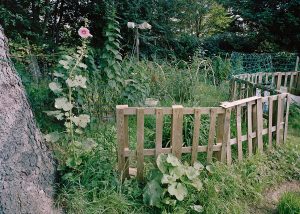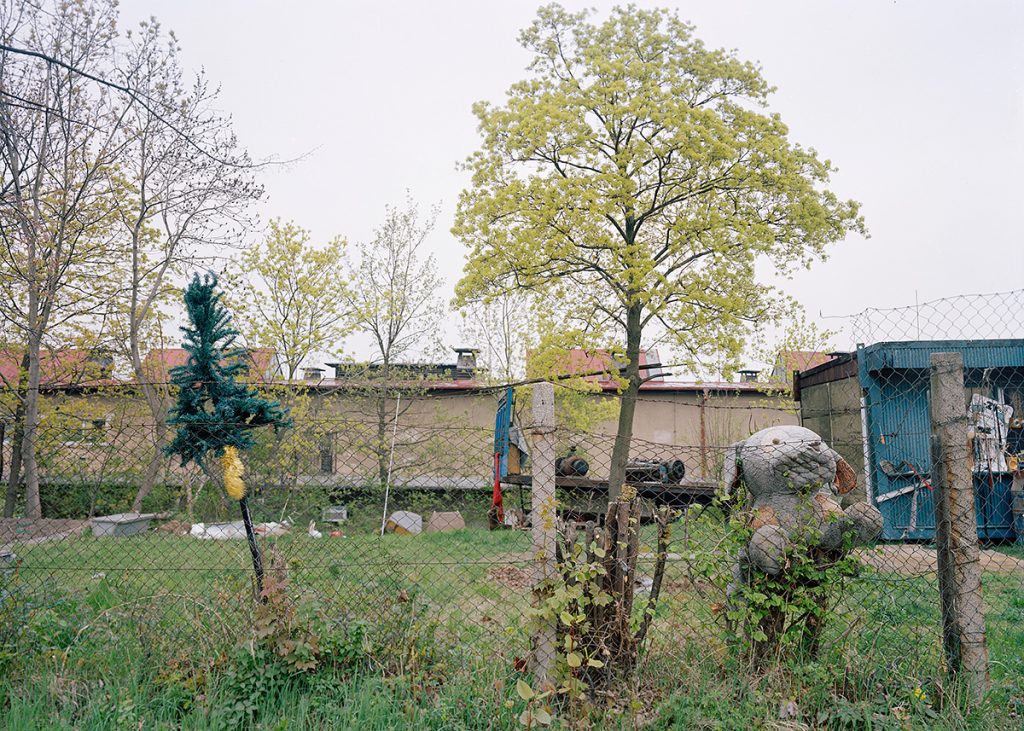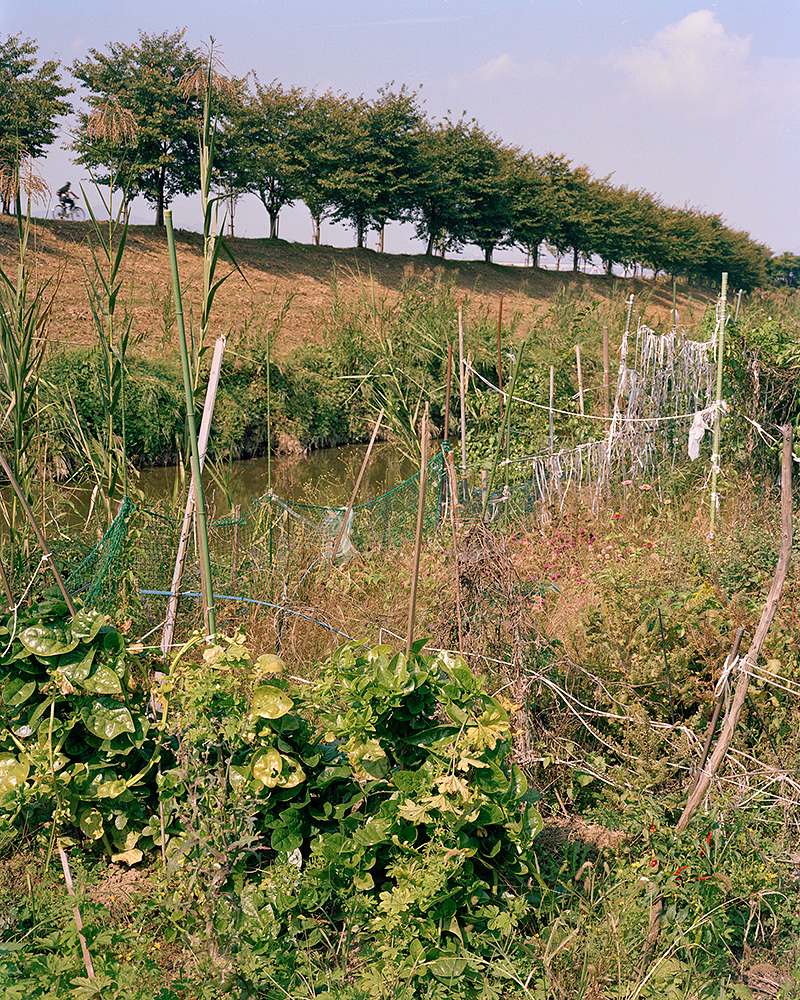PROJECT_MONADNOCK Session#04:
Todd Forsgren: Post-industrial Edens
The abolition of the Main Crop Seeds Law has put the security of Japanese food at imminent risk. This, combined with a flood of GM produce and the use of harsh agricultural chemicals, has created new limitations to Japan’s food sovereignty and our country’s agricultural system now faces great difficulties. On the other hand, public interest in organically grown food and sustainable farming are rapidly rising worldwide. How then, does the popularity of small-scale community gardens contrast to modern industrial farming, and is it becoming a global phenomenon? Los Angeles-based photographer Todd Forsgren shares his insights into community gardens, as a margin of the landscape which sustainably bridges the natural and the civilized.
Date & Time: June 10 (Sun), 2018. 5:00-7:00pm
Venue: Takashi Arai Studio, Yokohama
Language: English
Admission: 1,000JPY / *Student = Free
Seats: 25
Reservation (Required): Book Now ![]()
Post Industrial Edens
Todd Forsgren
Since 2004, I have been photographing urban and community gardens. I’ve traveled widely, with the hopes of creating a globally survey. Right now you can see portfolios from:
– America’s Community Gardens
– European Allotment Gardens
– Japanese Shimen Noen
– Mongolian ‘Tsetserleg’
– Cuban Organopónicos



(c) Todd Forsgren / Courtesy of Artist
In these seemingly humble spaces I find an enticing edge of our culture: gardens are a formal, conceptual, and practical bridge between today’s cities and the wilderness landscapes of our hunter-gatherer ancestors. Some of these gardens are purely utilitarian, such as the subsistence agriculture tied to maximizing productivity, while others are purely aesthetic, i.e. the urban allotments of the developed world which are often made for leisure. But in these spaces, I have found contexts that seem to redefine expectations in terms of what is urban/rural, public/private, modern/primitive, nature/nurture, and global/local.
The sites I have chosen to photograph often portray horticulture at an intimate scale: found along the margins of human settlement, these patches of earth are normally separated from the surrounding landscape and the observer by a flimsy fence. Land ownership is often tenuous, between our ideas of ‘public space’ and ‘private land.’ I aim to weave together these plots of land around the world as I portray the many stark contrasts I have found in these sites. Through these photographs, I strive to relate the spaces of these gardens to the world beyond the garden’s fence and my photograph’s framing. I hope to depict a world where the natural and the civilized are not thought of as mutually exclusive dichotomies, but as ideas and places that can sustainably coexist.
Ten thousand years ago the stability created by the gardening and agriculture of the Neolithic Revolution allowed for the first cities to be built. Since then, subsistence agriculture has been practiced by most every culture and in extremely diverse climates, from the tropics to the arctic. The methodology used and the produce cultivated vary widely depending on the culture and climate; this ties these spaces to the landscape they are found in and the people that cultivate them. This connection to people and place is what make it a garden.
The popularity of these gardens has seen a rapid rise around the world in the early 21st century. Gardeners cite a wide variety of reasons for this, from the practical and economic to the political and philosophical. Globalization, and our increased awareness of abstract global issues, does indeed seem to be linked to an increasing number of people seeking this tangible and intimate connection to the landscape. A renewed interest in self-sufficiency and local/organically grown food is apparent in the developed world. Increasing food prices and shortages have encouraged those in the developing world to grow their own produce. As populations continue to rise and the climate changes, it seems inevitable that such gardening projects will become even more vital and these needs more pressing.
Todd FORSGREN
www.toddforsgren.com
I use photography to examine themes of ecology, environmentalism, and perceptions of landscape while striving to strike a balance between art history and natural history. To do so, I employ a range of photographic approaches, from documentary strategies to experimental techniques.
My photographs have been featured in National Geographic, Slate, Wired, The Guardian, Nature, New Scientist, and TIME’s Lightbox, to name a few. And they’ve been shown at numerous venues, including the Cleveland Museum of Art, Noorderlicht Photography Festival, the Academy Art Museum, the Rotterdam Photo Festival, Koenig & Clinton, Carroll and Sons, Heiner Contemporary, and Jen Bekman Gallery.
Aside from making pictures, I’ve taught at George Washington University’s Corcoran College of Art and Design, Maryland Institute College of Art, Semester at Sea, and St. Mary’s College of Maryland.
I studied biology and visual arts at Bowdoin College and photography at School of the Museum of Fine Arts, Boston and I have a Masters degree from J.E. Purkyně University. I was also an artist-in-residence at the Sitka Center for Art and Ecology, the Artist’s Enclave at I-Park, and Maryland Hall for Creative Arts as well as a Fulbright Fellow in Mongolia.
![]()
PROJECT_MONADNOCK presented by TAKASHI ARAI STUDIO is a series of random lectures, exhibitions, screenings, talks and performances by cutting-edge artists and other articulates. Resisting against suppression of freedom of thought, and fighting for diversity in our society, we continue listening eagerly and keep speaking out loud.


Comments are closed, but trackbacks and pingbacks are open.